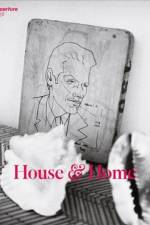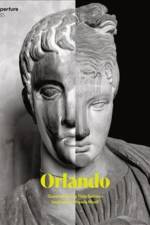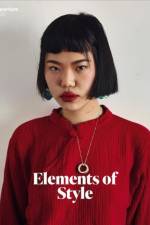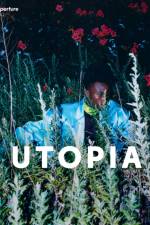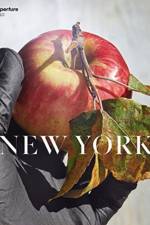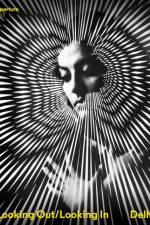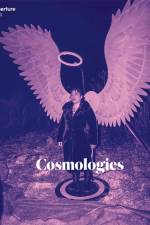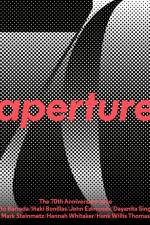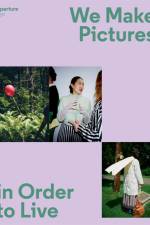av Aperture
307
Anniversary issue features seven original commissions by leading photographers and artists, and seven essays about Aperture’s legacy by award-winning writers and criticsThis fall, Aperture celebrates seventy years in print with an issue that explores the magazine’s past while charting its future. Reflecting on the founding editors’ original mission and drawing on Aperture’s global community of photographers, writers, and thinkers, this issue features seven original artist commissions as well as seven essays by some of the most incisive writers working today––each engaging with the magazine’s archive in distinct ways. Among the original artist commissions, Iñaki Bonillas selects iconic images and texts from the Aperture’s archive from the 1950s to produce open-ended narrative collages. Dayanita Singh reflects on the 1960s and the family album as a serious photographic form. Yto Barrada enacts sculptural interventions to issues and spreads from the 1970s, using remnants of the late artist Bettina Grossman’s color paper cutouts. Mark Steinmetz draws inspiration from the magazine’s Summer 1987 issue, “Mothers & Daughters,” to compose a photo essay of his wife, the photographer Irina Rozovsky, and their daughter Amelia. Considering the matrix of censorship, art, and religion in the 1990s, John Edmonds creates a tableau about family, faith, and grief. Hannah Whitaker explores the turn of the century, and the ways in which our anxieties about technology create speculative worlds. And Hank Willis Thomas draws on Aperture’s issues from the 2010s to create a series of collages that reference traditional quilt patterning, revivifying history and remixing the present.Looking back upon Aperture’s legacy, Darryl Pinckney reconsiders the photographer and editor Minor White, whose vision shaped the magazine for nearly two decades, beginning in the 1950s. Olivia Laing writes about the 1960s and the tensions between reportage and artistry in the work of Dorothea Lange, W. Eugene Smith, and others. Geoff Dyer revisits to the 1970s, which he considers a decade of new ideas and deeper reflection on the medium, looking into the works of William Eggleston and Ralph Eugene Meatyard. Brian Wallis looks back at the politics, art, identity, and the “culture wars” of the 1980s, while Susan Stryker reflects on Aperture’s archive from the 1990s and its foregrounding of identity beyond the gender binary, evoking Catherine Opie, Elaine Reichek, and Aperture’s pathbreaking “Male/Female” issue. Lynne Tillman illustrates how photographers searched for the tangible in an increasingly digital world in the 2000s, and the Pulitzer Prize-winning critic Salamishah Tillet shows how the photo album became a source of connection and narrative amid the information overabundance of the 2010s.

